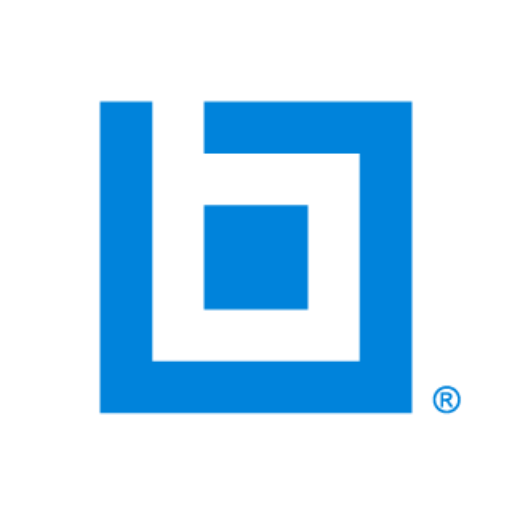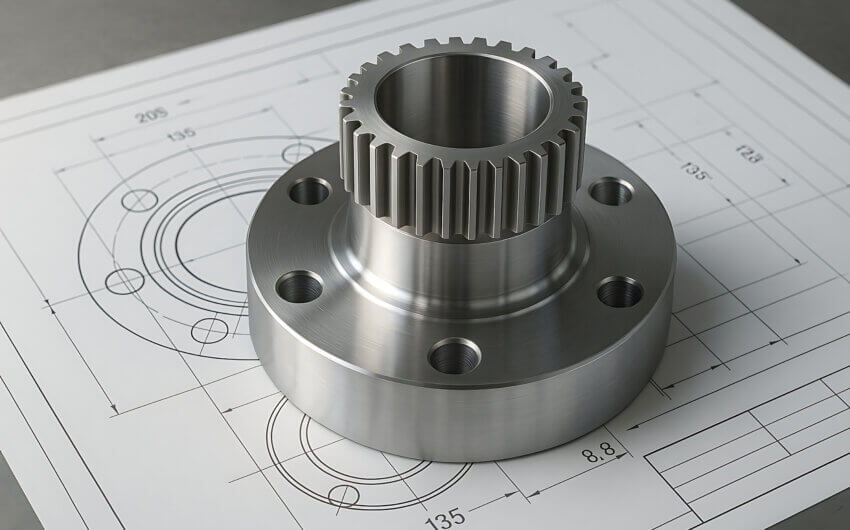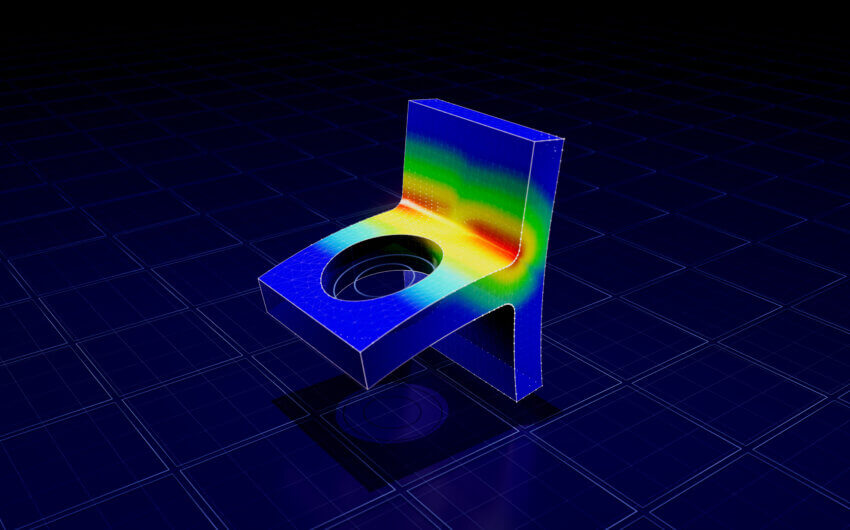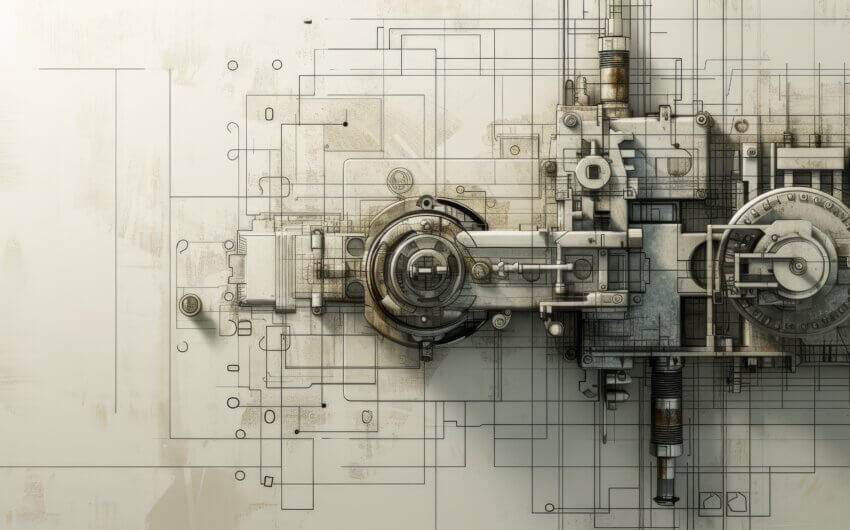18.0 ANSYS Workbench training course
Reach the final design stage faster, cheaper, and more accurately with a foundational grasp of ANSYS Workbench. The verification, validation, and testing of a design are important steps in the product lifecycle. ANSYS Workbench is a Finite Element Analysis (FEA) tool you can use to test your design virtually, allowing you to identify its weaknesses and strengths before manufacturing a real-world prototype. By running structural and thermal analyses in ANSYS Workbench, you can avoid having to rework designs deeper into the product lifecycle. Instead, you can identify problems and rapidly iterate and retest your designs before they are manufactured.
Since Workbench is intuitive and easy to use, you don’t have to begin with complex FEA or design validation simulations. You can isolate an aspect of your design, run a simple simulation to start, then build on your meshes, elements, and designs to test more complicated iterations of the design. This prevents rework down the line and ensures each aspect of your design has been validated and accounted for thermally and structurally.
Multiple structural and thermal simulations
The first iteration of a design is rarely perfect, which is why it’s so important to run multiple simulations. For example, a model designed with a sharp inner corner might not hold up to pressure as well as expected, but by running an analysis in Workbench, you’re able to quickly identify the conditions under which the corner would fail, giving you the insight needed to change the design. Once you make a change, such as adding a fillet to strengthen the corner, you can easily rerun the analysis and get accurate information about the updated design.
Quickly rerunning analyses
The duplication, copy and paste, and drag and drop tools in ANSYS make running and rerunning analyses quick and consistent, saving you the trouble of starting from scratch each time. For example, if you ran an analysis on a bracket, you can duplicate the simulation you ran, add new geometry, and run the analysis again. Easily test new variations of the bracket without having to build a new simulation from scratch.
Success depends on organization
Designers are constantly running and rerunning simulations. Your success depends on the organization of old simulation files because it’s important to save space on your computer and keep track of valuable simulation data. Learn how to properly archive models and to save milestone files so that you can restart simulations from prior milestone points. Without milestone files, you can’t reverse file errors or retrace your steps to earlier points in your simulation.
Upon completion of this course, you’ll be able to run thermal and structural analyses to evaluate the performance of your designs. You’ll understand the best practices for storage, iteration, and post-processing so you can efficiently run simulations and get back to what you really love, designing. Showcase your proficiency by earning a Technical Certificate and sharing it on LinkedIn.
























